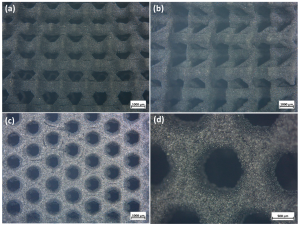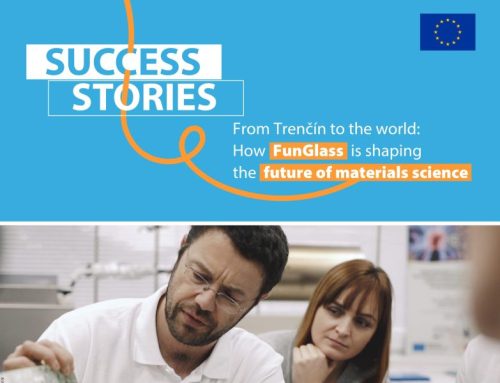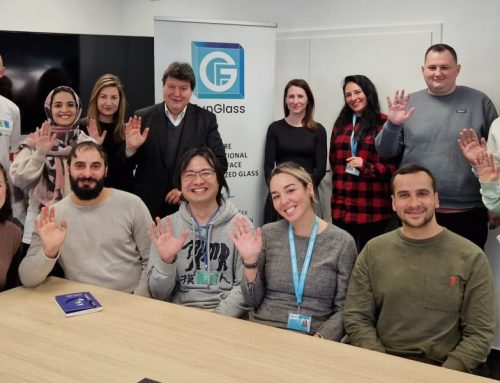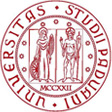Article published in Journal of Functional Biomaterial
It is pleasure for us to inform you that the paper “3D Printing of Hierarchically Porous Lattice Structures Based on Åkermanite Glass Microspheres and Reactive Silicone Binder” published in cooperation of the FunGlass Center and the University of Padova, Italy, has been selected as a feature paper and highlighted on the Journal of Functional Biomaterial (Q1), homepage. (https://www.mdpi.com/2079-4983/13/1/8)
-
Spherical shaped glass particles were selected to fabricate the green scaffolds. The photocurable slurry comprises photosensitive resin, 65 wt% glass microbeads, and 10 wt% silicone resin, the latter found to impart structural integrity to the scaffolds, despite poor sintering of microbeads.
-
The formation of åkermanite phase was dominant at the applied sintering temperature of 1100 °C. The firing conditions (firing in air or nitrogen) did not affect the crystallization of åkermanite, but affected the transformation of silicone resin into (partly crystallized) silica or fully amorphous SiOC.
-
The change from silica to SiOC binding phase had a positive effect on the strength of the prepared scaffolds, by eliminating the formation of cristobalite. A more substantial effect on the compressive strength of scaffolds is associated with the adoption of different topologies.
Congratulations to the authors from FunGlass:
- Dr. Arish Dasan
- Dr. Jozef Kraxner
- Prof. Dusan Galusek













